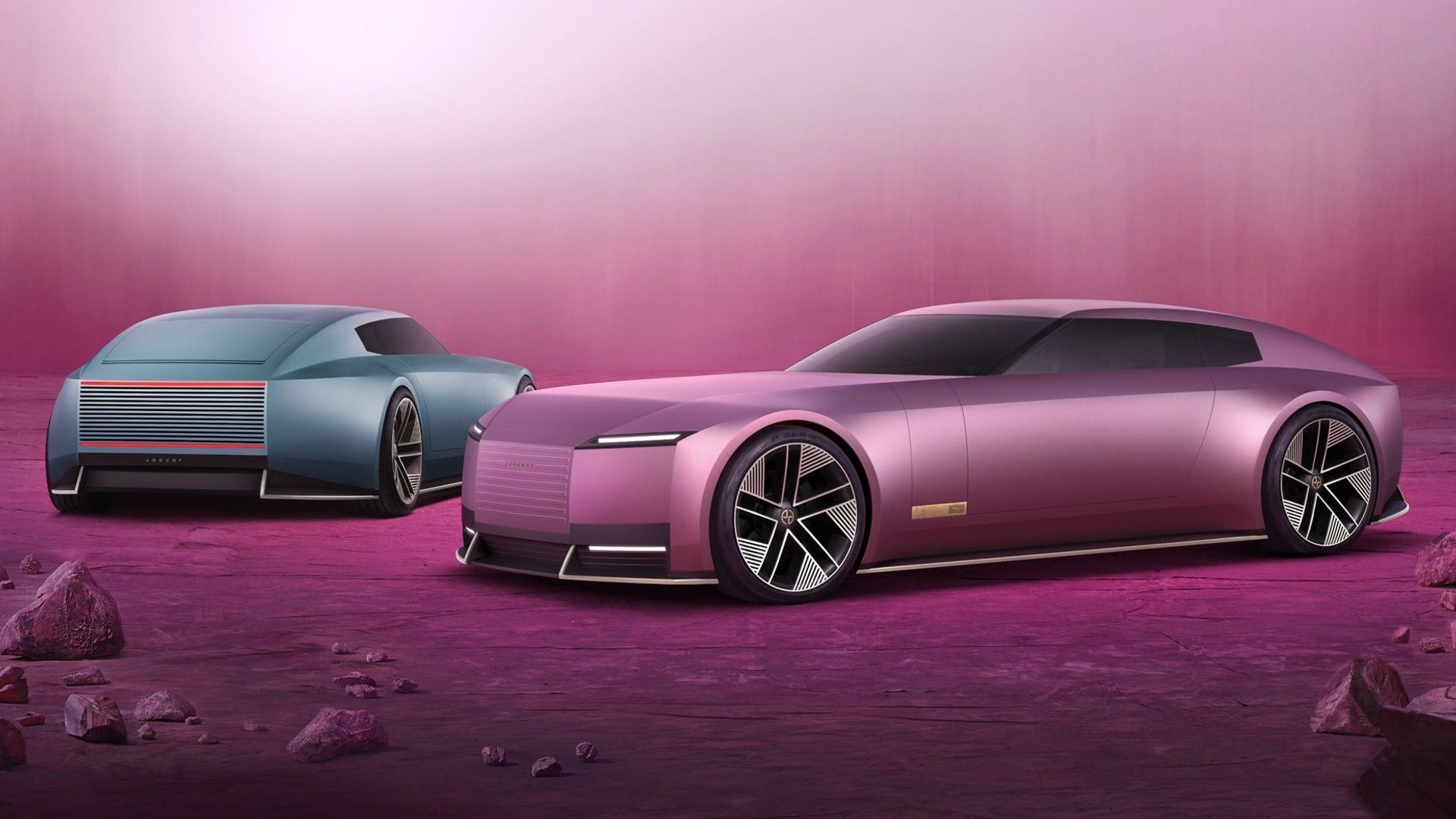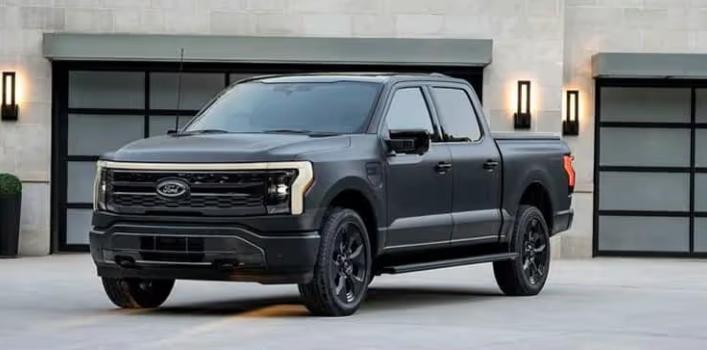Einführung:
Elektrofahrzeuge verändern unsere Art zu fahren, zu laden und über Mobilität nachzudenken. Doch mit der zunehmenden Verbreitung kursieren auch immer mehr Mythen – viele davon ungewollt komisch. Von bizarren Ängsten vor Ladeunfällen im Regen bis hin zur Verwechslung von Elektroautobatterien und Powerbanks zeigen diese Geschichten von echten Elektroautofahrern, wie viel die Öffentlichkeit noch lernen muss. Im Folgenden räumen wir mit sieben der absurdesten Missverständnisse rund um Elektroautos auf – mit einer Prise Humor und einer Portion Wahrheit.
1. „Zum Aufladen braucht man eine spezielle Brille?“
Ein Elektroautobesitzer erzählte auf Reddit, wie sein Onkel, der Elektroautos für eine kurzlebige Modeerscheinung wie 3D-Fernseher hielt, ihn einmal fragte, ob er zum Laden des Autos eine spezielle Brille tragen müsse. Das erinnert daran, dass manche Menschen Elektroautos immer noch eher als futuristische Science-Fiction-Spielzeuge denn als praktische Maschinen betrachten, die über eine Steckdose mit Strom versorgt werden.
Realitätscheck:
Das Aufladen eines Elektrofahrzeugs ist nicht komplizierter als das Anschließen eines Laptops – Sie benötigen weder eine Brille noch ein VR-Headset.
2. „Elektrofahrzeuge sind zu leise … das ist unheimlich.“
Manche Leute glauben tatsächlich, dass Elektroautos „hinterhältig“ seien, weil sie nicht so brummen wie ein V8-Motor. Ein Kommentator scherzte, sein Nachbar habe sie als „lautlosen Stalker“ bezeichnet, nur weil sie rückwärts aus seiner Einfahrt fuhren.
Realitätscheck:
Elektrofahrzeuge sind bei niedrigen Geschwindigkeiten mit künstlichen Geräuschgeneratoren (AVAS) ausgestattet, um die Sicherheit von Fußgängern zu gewährleisten. Das Einzige, was Elektrofahrzeuge aufschrecken, ist veraltetes Denken.
3. „Kann man es nicht einfach mit einer Powerbank aufladen?“
In einer Geschichte fragte ein neugieriger Bruder, ob man einen Tesla mit einem tragbaren USB-Akkupack aufladen könnte. Genau – mit demselben, mit dem Sie Ihr Telefon aufladen.
Realitätscheck:
Eine moderne Elektrofahrzeugbatterie speichert etwa 60–100 kWh Energie. Eine herkömmliche Handy-Powerbank speichert vielleicht 0,02 kWh. Sie bräuchten etwa 4.000 davon – und viel Geduld.
4. „Beim Laden im Regen erleiden Sie einen Stromschlag.“
Viele gehen immer noch davon aus, dass das Laden von Elektrofahrzeugen bei nassem Wetter grundsätzlich unsicher ist. Dieser Mythos hält sich hartnäckig und will einfach nicht verschwinden.
Realitätscheck:
Ladegeräte für Elektrofahrzeuge sind so konstruiert, dass sie Regen, Schnee und sogar Überschwemmungen standhalten. Mit geerdeten Steckern, wasserdichten Anschlüssen und FI-Schutzschalter gehören sie zu den sichersten Elektrogeräten in Ihrem Zuhause.
5. „In einer Wohnung kann man kein Elektrofahrzeug besitzen.“
Wohnen Sie in einem Hochhaus? Manche glauben, dass Elektrofahrzeuge für Mieter aufgrund der fehlenden Ladeinfrastruktur tabu sind.
Realitätscheck:
Dank tragbarer EV-Ladegeräte der Stufen 1 und 2 sowie einer Zunahme an Ladelösungen für Mehrfamilienhäuser können sich jetzt auch Wohnungsbewohner an der EV-Revolution beteiligen – ganz ohne Garage.
6. „Wenn Sie ein Verlängerungskabel verwenden, wird Ihr Haus in die Luft gesprengt.“
Ein virales Bild eines Elektrofahrzeugs, das über ein dünnes Kabel aufgeladen wird, das aus einem Fenster hängt, löste Ängste vor Heimwerker-Katastrophen aus.
Realitätscheck:
Die Verwendung nicht zertifizierter Kabel ist zwar gefährlich, spezielle Verlängerungskabel für Elektrofahrzeuge sind jedoch für hohe Stromstärken und den Einsatz im Freien ausgelegt. Kaufen Sie aber keins aus dem 1-Euro-Laden.
7. „Was ist, wenn es einen Stromausfall gibt?“
Es ist ein beliebtes Gesprächsthema für Elektrofahrzeug-Skeptiker: „Was passiert, wenn der Strom ausfällt?“
Realitätscheck:
Auch Tankstellen werden mit Strom betrieben. Viele E-Auto-Besitzer rüsten ihre Autos zudem mit Solarmodulen oder Heimbatteriesystemen aus – so werden Stromausfälle zum Kinderspiel. Tatsächlich werden E-Autos in Notfällen zunehmend als mobile Energiespeicher eingesetzt.
Abschließende Gedanken:
Elektrofahrzeuge mögen die Zukunft sein, doch das öffentliche Verständnis hinkt noch hinterher. Diese Missverständnisse sind zwar lächerlich, unterstreichen aber die Bedeutung von Aufklärung und Bewusstsein. Mit zunehmender Zugänglichkeit und Verbreitung der Elektrofahrzeugtechnologie werden die Mythen verschwinden – und durch sauberere, leisere und intelligentere Fortbewegungsmittel für alle ersetzt.








Aktie:
Verstößt die Verwendung des mitgelieferten Tesla-Ladegeräts der Stufe 1 gegen NEC 625 und die HOA-Vorschriften?
Wird Rivian einen Adapter für NACS verkaufen? Was Elektroautobesitzer wissen müssen